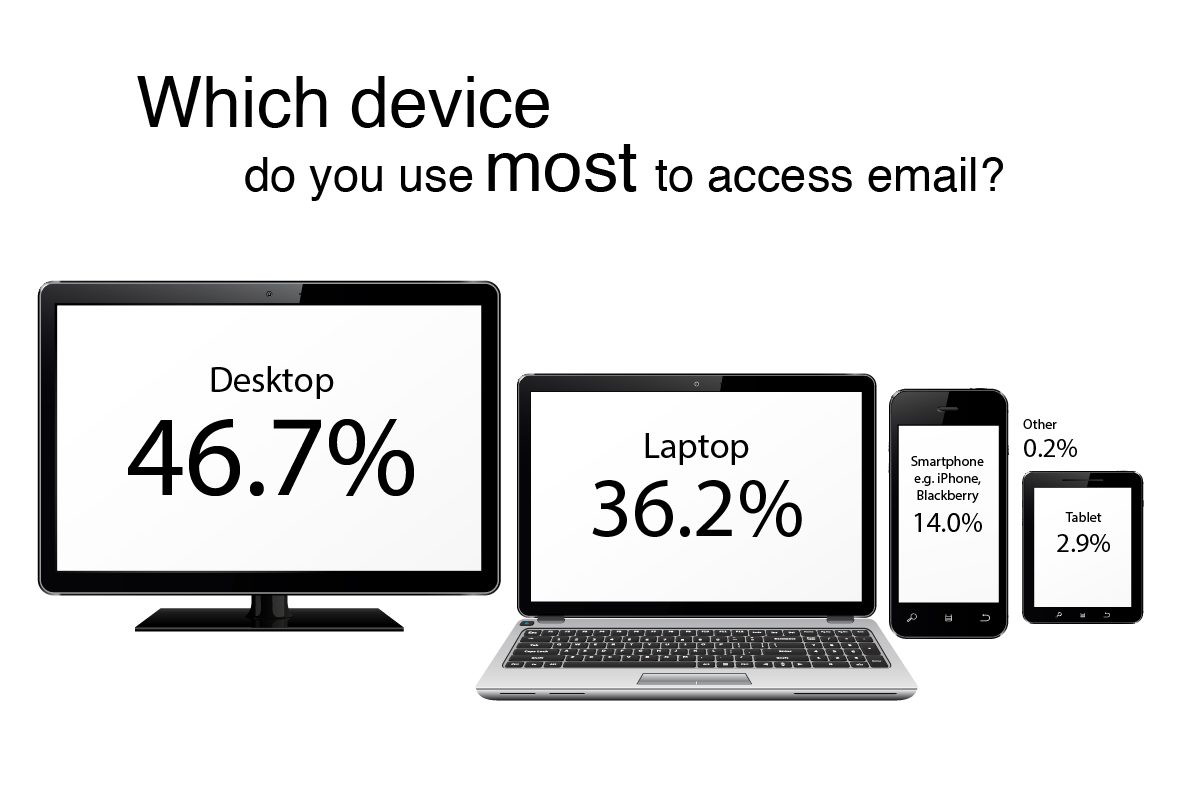Email management: How to break your inbox addiction

When was the last time you let a work day pass without checking your emails? Too hard? OK, when was the last time you spent three email-free hours?
In 2014, there were 2.5 billion email users worldwide, including 1.1 billion accessing emails via their mobile devices. They sent a total of 196.3 billion emails (Radicati, 2014). Almost certainly, you contributed.
In the olden days, as my kids refer to anything pre-2000, email was intended and used to exchange useful information between professionals in different physical locations. Those days are long gone. Email communication is now second only to telephone communication (Future Work Centre, You’ve Got Mail, 2015) with emails regularly sent to the person in the next room, cc’d to half a dozen similarly proximate colleagues, and with a few shifty bcc’s thrown in for good measure. God forbid we should actually talk to each other face to face.

Without question, email is an incredibly useful business tool. In the wrong hands, however, it can also be the mother of all distractions. Moreover, the proliferation of portable devices affords you constant access to your emails which, left unchecked, invites an incessant stream of interruptions, resulting in decreased productivity and loss of focus.
If you are prone to jumping in and out of your emails every time you hear that lovely little ping, then email may have turned from friend to foe.
Why it’s time to break the addiction:
-
Your time is money
On average, each adult user spends over one hour every day on email (Ofcom, 2014), or a minimum of 46 (work) days per annum. Based on this usage, if you earn $50 an hour, your email usage is costing you $18,250 per annum. This, of course, is time well spent if you are actually being productive and using email as a value-adding business tool. If not, it’s time to count the costs.
-
The on-costs
A blunt email hastily typed and sent, coupled with the inability to reinforce or deliver the message with verbal or physical cues, always results in on-costs. The fallout from misunderstood emails takes time (cost) and effort (energy) to correct. Save yourself the bother and pick up the phone.
-
Multi-tasking is a killer
The act of constantly switching between a task and your emails will dramatically reduce your productivity. In fact, even brief mental blocks created by shifting between tasks can cost as much as 40 per cent of your productivity. That’s a 40 per cent loss each and every time you jump from the task at hand for a quick email fix. Ouch.
-
The stress test
Email overload has been directly linked to workers suffering stress, physical symptoms and emotional exhaustion (Future Work Centre, You’ve Got Mail, 2015). Email overload occurs when your perception of your email volume exceeds your perception of your ability to manage it.
How to break the addiction:
-
Cold Turkey:
Forget it, it’s unlikely to work.
-
Schedule email time:
Block out chunks of time each day to deal with emails effectively. In between these chunks, disable your email notifications so you can focus on the task at hand. Knowing that you have another email fix coming up in an hour or so will help you stay the course.
-
Take control:
If the nature of your work requires you to keep your email program running and you continue to find yourself distracted by the ping, turn the volume to zero or reset your device to download emails only as instructed.
-
Start well:
Don’t start your work day on email. Chances are you will get sucked in to the email vortex and lose an hour or two of the most productive part of your day. Schedule your first email block no earlier than 10am. You are unlikely to miss anything critical — if it’s important, trust me, they will call you.
-
The four Ds:
Approach your scheduled email block with the four D’s in mind:
- Deal with it:Emails requiring a quick (5-10 minute) response can be dealt with immediately.
- Delay: Emails requiring a more considered response or some thinking time can be parked for a later scheduled email block to let your subconscious mind work on it.
- Delete: Spam, junk or the ubiquitous cc or bcc.
- Delegate: If it can or should be dealt with by someone else, flick it.
It really is time to put emails where they belong — in their box — and get on with uninterrupted productive work.